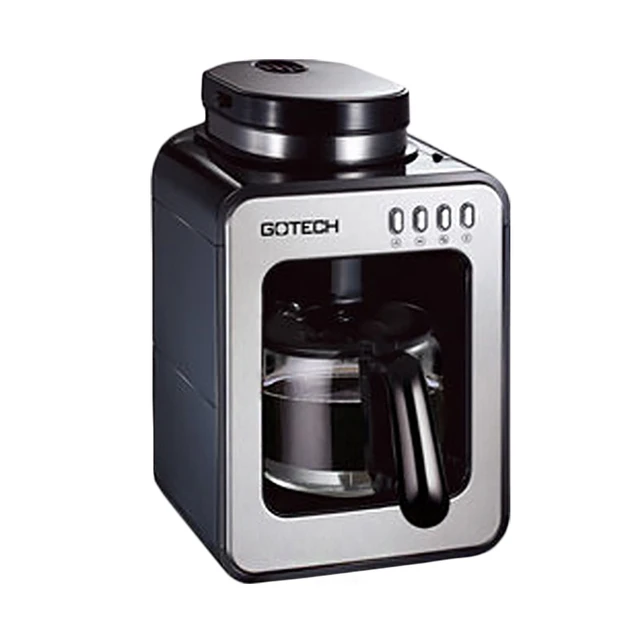
Introduction
How to use a coffee maker? A basic coffee machine is a popular appliance used to brew coffee quickly and conveniently. While the design and features may vary among different models, the fundamental principles of how a basic coffee machine works remain consistent. In this article, we will delve into the specific workings of a basic coffee machine, providing step-by-step details on how it brews coffee and delivers it to your cup.
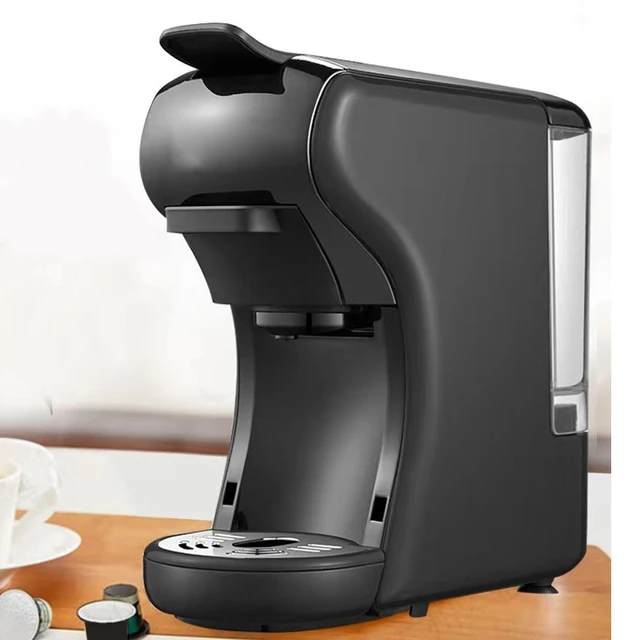
How does coffee machine work?
Water Reservoir
One of the primary components of a coffee machine is the water reservoir. The reservoir is usually located at the back or side of the machine and is designed to hold a specific amount of water. The capacity varies depending on the size and model of the coffee machine.
When preparing to brew coffee, the user fills the water reservoir with clean, filtered water. The reservoir typically includes a maximum fill line to prevent overfilling and ensure proper brewing conditions.
Heating Element
The heating element in a coffee machine plays a crucial role in the brewing process. When the machine is turned on and the brewing process begins, the heating element is activated to heat the water in the reservoir.
The heating element operates on an electrical circuit, converting electrical energy into heat energy. As the heating element warms up, it transfers heat to the water, gradually raising its temperature to the desired brewing temperature, typically between 195-205°F (90-96°C).
Brew Basket or Portafilter
A basic coffee machine features a brew basket or portafilter, which holds the coffee grounds during the brewing process.
The brew basket or portafilter may include a filter or accommodate paper filters that prevent the coffee grounds from entering the brewed coffee. These filters ensure that only the liquid coffee passes through, filtering out any solid particles or residue.
Ground Coffee
To prepare coffee for brewing, the user adds the desired amount of ground coffee to the brew basket or portafilter. The amount of coffee used can vary based on personal preference and the strength of coffee desired. The coffee grounds should be of the appropriate grind size suitable for the brewing method used by the coffee machine.
Brewing Process
Once the water is heated and the coffee grounds are in place, the brewing process begins. The basic steps of the brewing process include the following:
Water Dispersion: The coffee machine uses a pump or gravity to disperse the heated water from the water reservoir. The water is released in a controlled manner, ensuring that it comes into contact with the coffee grounds evenly.
Extraction: As the heated water passes through the coffee grounds in the brew basket or portafilter, the soluble compounds within the coffee grounds are extracted. These compounds include the desirable flavors, oils, and aromas that give coffee its distinct taste.
Drip or Flow: The brewed coffee then flows from the brew basket or portafilter into a carafe or cup. The coffee may pass through a drip system or flow directly through the portafilter’s spout, depending on the type of coffee machine.
Water Flow Control: Basic coffee machines often feature a one-way valve or control mechanism that regulates the flow of water through the coffee grounds. This ensures that the water passes through the coffee grounds at an appropriate rate to optimize flavor extraction.
Brewing Time: The brewing time varies depending on the coffee machine and the desired strength of the coffee. It typically takes a few minutes for the water to pass through the coffee grounds, allowing for proper extraction and flavor development.
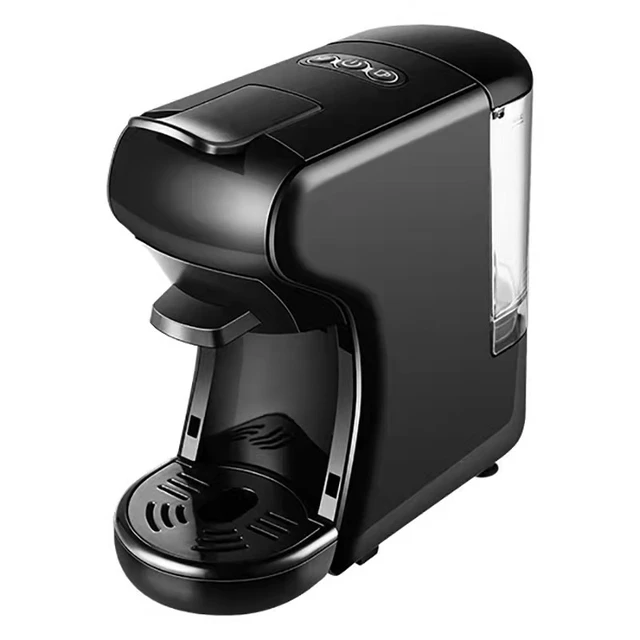
Care of a coffee maker
Carafe or Cup
As the brewed coffee flows from the brew basket or portafilter, it collects in a carafe or cup. The carafe or cup is positioned beneath the machine’s spout to catch the brewed coffee.
How to use a coffee maker? Safety Features
Auto Shut-off: This feature automatically powers off the coffee machine after a certain period of inactivity. It prevents accidents and conserves energy.
Overheat Protection: Basic coffee machines often incorporate overheat protection mechanisms to prevent damage or fire hazards in case of excessive heating.
How to use a coffee maker? Cleaning and Maintenance
After each use, it is important to clean and maintain the coffee machine to ensure optimal performance and longevity. Specific cleaning instructions can vary depending on the model, so refer to the user manual for detailed guidance. Regular cleaning typically involves rinsing the brew basket or portafilter, emptying and cleaning the carafe or cup, and descaling the machine periodically to remove mineral buildup.
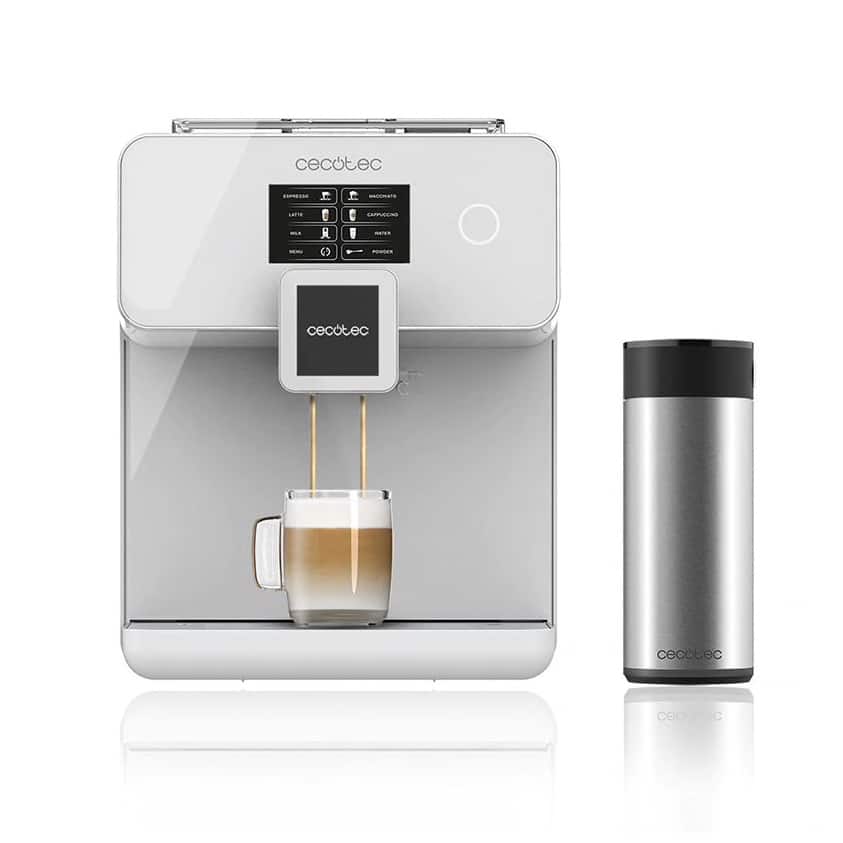
How to use a coffee maker? Variations in Brewing Methods
While the basic principles of how a coffee machine works remain consistent, it’s important to note that there are variations in brewing methods among different types of coffee machines. Here are a few examples:
Drip Coffee Machines: Drip coffee machines typically feature a water reservoir at the back or side, a brew basket, and a heating element.
Single-Serve Machines: Single-serve coffee machines, such as pod or capsule-based systems, operate differently.
French Press: While not technically a coffee machine, the French press is a popular manual brewing method. It consists of a cylindrical carafe with a plunger and a metal mesh filter.
Considerations for Brewing Coffee
To achieve the best results when using a coffee machine, consider the following factors:
Grind Size: The grind size of the coffee beans affects the extraction process and, consequently, the taste of the brewed coffee.
Water Quality: Using clean, filtered water can enhance the taste of your coffee. Water that is too hard or has a strong mineral content can negatively impact the flavor and performance of your coffee machine.
Brewing Time: The brewing time can affect the strength and extraction of your coffee. Follow the recommended brewing time for your specific machine and adjust it based on your taste preferences.
Cleaning and Maintenance: Regular cleaning and maintenance are crucial for keeping your coffee machine in optimal working condition. Refer to the user manual for specific instructions on cleaning and descaling the machine, and follow the recommended maintenance schedule.
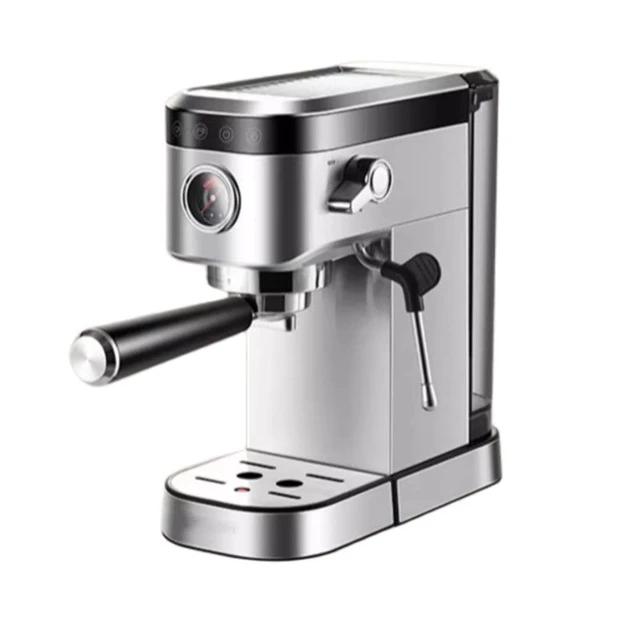
How to use a coffee maker? The Key Components of a Coffee Machine
Every basic coffee machine consists of several integral components working together to brew the perfect cup of coffee. Therefore, understanding these components is crucial.
Water Reservoir
The water reservoir is the starting point for the brewing process. It is where you pour the water that will eventually turn into coffee. Most basic coffee machines have a removable or built-in water reservoir. This part needs regular cleaning to ensure the purity and taste of your coffee. Consequently, using filtered water in the reservoir can significantly improve the coffee’s flavor. Therefore, recognizing the importance of the water reservoir is essential for optimal coffee brewing.
Heating Element
The heating element is another critical component. Located usually at the base of the machine, it heats the water to the ideal brewing temperature. This element typically consists of a metal coil that heats up when electricity flows through it. The heated water then passes through a tube towards the coffee grounds. Therefore, the heating element’s efficiency is vital for achieving the perfect cup of coffee. Consequently, maintaining it can ensure your coffee machine’s longevity and performance.
How to use a coffee maker? The Brewing Process
The brewing process involves several steps that transform water and coffee grounds into a delicious beverage. Therefore, understanding this process offers valuable insights.
Water Heating
Once the machine is turned on, the heating element activates to heat the water in the reservoir. The temperature typically reaches around 90-96 degrees Celsius, ideal for coffee extraction. As the water heats up, it creates steam, which increases pressure within the machine. This pressure forces the hot water through a tube, directing it towards the coffee grounds. Therefore, heating is the first crucial step in the brewing process that ensures coffee grounds are optimally extracted.
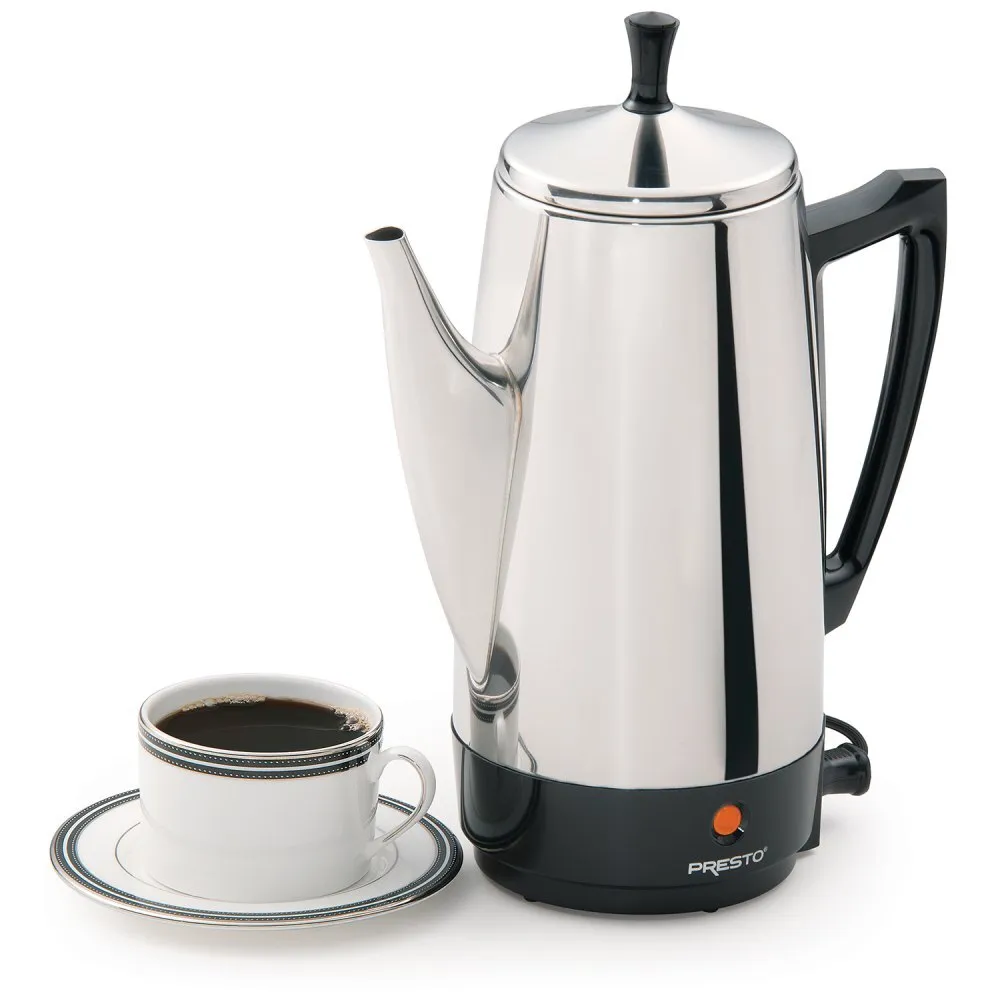
Water Dispersion
After heating, the hot water travels through a tube to the showerhead, which is a perforated disk above the coffee grounds. The showerhead evenly disperses the hot water over the coffee grounds, ensuring uniform extraction. Even dispersion is crucial for extracting the full flavor and aroma of the coffee. Consequently, any malfunction in the showerhead can lead to uneven brewing and a suboptimal cup of coffee. Therefore, understanding water dispersion highlights its importance in the brewing process.
Conclusion
Understanding how a basic coffee machine works is essential for achieving the best results when brewing coffee at home. From the water reservoir and heating element to the brew basket or portafilter, each component plays a vital role in the brewing process. By following the steps of adding water, preparing the coffee grounds, and activating the brewing process, the machine delivers freshly brewed coffee to your cup or carafe. Regular cleaning and maintenance ensure the machine’s longevity and continued brewing excellence. With this knowledge, you can confidently operate a basic coffee machine and enjoy your favorite cup of coffee at home in 2024.